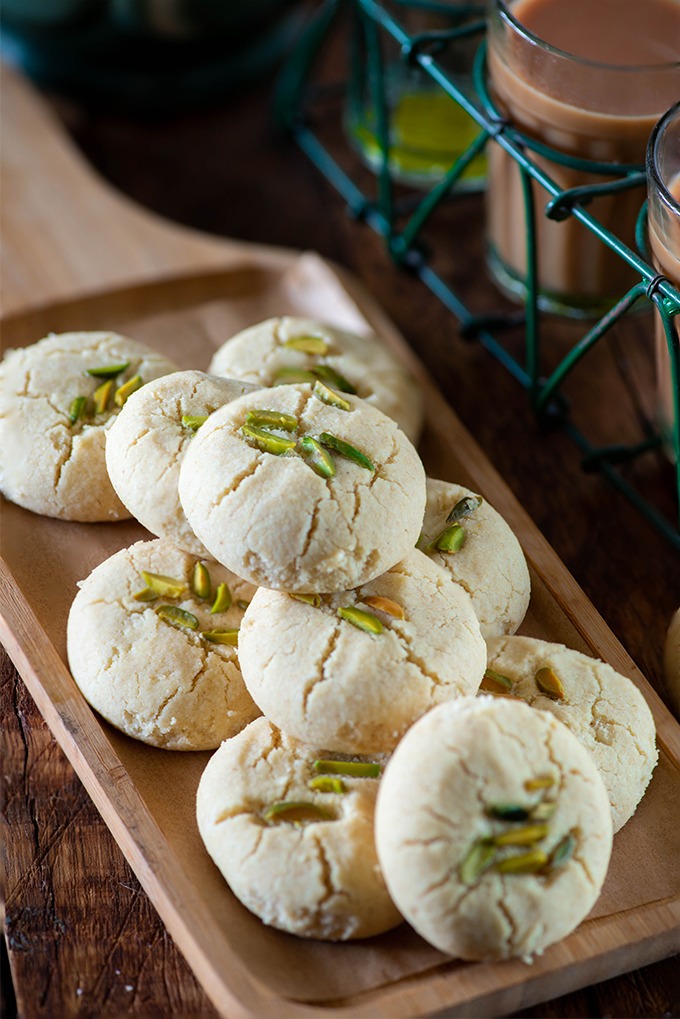Delightful Secrets of Nankhatai
Introduction
Originating from the Persian word "naan" (meaning bread) and the Afghan word "khatai" (meaning biscuit), nankhatai has traversed centuries to become a beloved delicacy in Indian households. This article is a flavorful journey through the origins, flavors, and recipes of this delightful treat.
History
Delving into Ancient Origins
The history of nankhatai traces back to the 16th century, during the Mughal era in the Indian subcontinent. Persian merchants introduced a variation of the shortbread biscuit, which evolved into the nankhatai we cherish today.
Cultural Significance
Nankhatai isn't just a biscuit; it's a cultural emblem embedded in Indian culinary heritage. From festive celebrations to everyday indulgences, nankhatai symbolizes warmth, hospitality, and the joy of sharing.
The Flavors of Nankhatai
A Symphony of Taste
Nankhatai tantalizes the palate with its melt-in-your-mouth texture and rich, buttery flavor. Infused with aromatic spices like cardamom and nutmeg, each bite offers a harmonious blend of sweetness and spice.
Varieties and Innovations
While the classic nankhatai recipe remains timeless, modern variations have emerged, incorporating ingredients like chocolate, coconut, and almonds. These innovative twists add new dimensions to the traditional delight, appealing to diverse preferences.
Crafting Nankhatai: Recipes and Techniques
Traditional Recipe
- Ingredients:
- All-purpose flour
- Semolina
- Ghee (clarified butter)
- Powdered sugar
- Cardamom powder
- Baking soda
Method:
- Begin by mixing ghee and powdered sugar until creamy.
- Add flour, semolina, cardamom powder, and baking soda to the mixture.
- Knead the dough gently and form small balls.
- Flatten the balls slightly and place them on a baking tray.
- Bake in a preheated oven until golden brown.
- Allow the nankhatais to cool before serving.
Tips for Perfection
- Ensure the ghee is at room temperature for a smooth dough consistency.
- Experiment with baking times to achieve the desired level of crispiness.
FAQs
How long do nankhatais stay fresh?
Nankhatais can be stored in an airtight container for up to two weeks, maintaining their freshness and flavor.
Can I substitute ghee with butter in the recipe?
While ghee is traditionally used for its distinct flavor, you can substitute it with an equal amount of unsalted butter for a slightly different taste.
Are nankhatais suitable for vegans?
Yes, you can make vegan-friendly nankhatais by replacing ghee with plant-based alternatives like coconut oil or vegan butter.
Can I freeze nankhatais?
Yes, nankhatais freeze well. Simply store them in a freezer-safe container, and they can be enjoyed for up to three months.
What makes nankhatais so addictive?
The irresistible combination of buttery goodness, aromatic spices, and delicate texture makes nankhatais an addictive indulgence for all.
Can I add nuts to the nankhatai dough?
Absolutely! Chopped nuts like almonds, pistachios, or cashews can enhance the flavor and texture of nankhatais, adding a delightful crunch.
Conclusion
In conclusion, nankhatai embodies the essence of Indian hospitality, tradition, and culinary craftsmanship. Whether enjoyed with a cup of chai or shared with loved ones during festivities, nankhatai continues to weave its magic, one delicious bite at a time.


